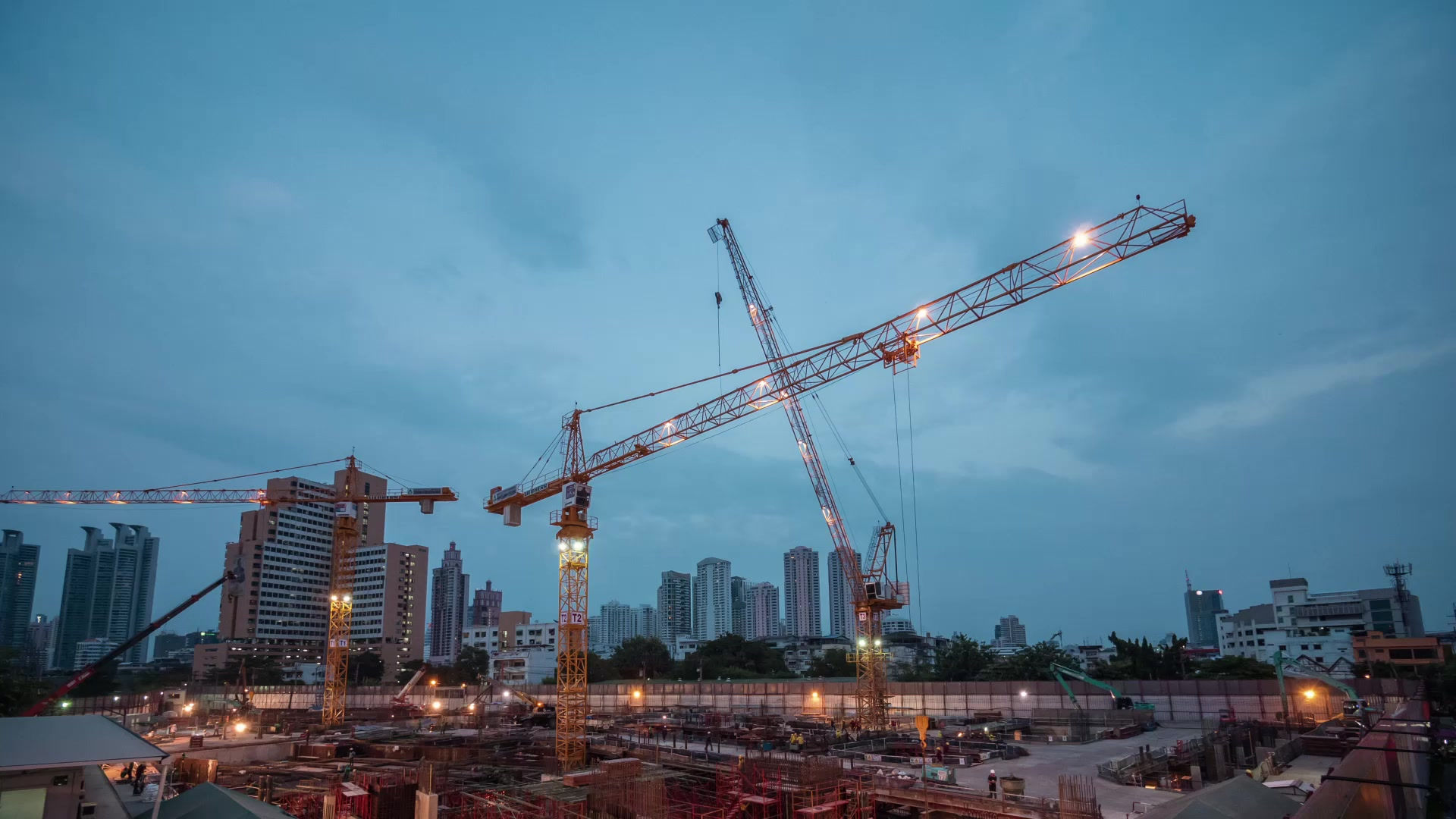What Types of Buildings Require Fire Stopping?
- Fire Defence Solutions

- Mar 4
- 4 min read

Fire stopping is a critical component of passive fire protection, designed to prevent fire, smoke, and heat from spreading through gaps in walls, floors, and service penetrations. It is a legal requirement in many types of buildings to protect occupants, limit fire damage, and ensure compliance with fire safety regulations.
But which buildings must have fire stopping measures in place? The short answer: any building that relies on compartmentation or has fire-rated structures. Below, we explore the key types of buildings where fire stopping is essential.
1. Residential Buildings 🏢🏠
Fire stopping is crucial in residential properties, particularly in:✅ Apartment Blocks & Flats – Fire stopping ensures that each unit is compartmentalized, preventing fire from spreading between apartments.✅ Houses in Multiple Occupation (HMOs) – Shared housing must have adequate fire protection to safeguard all tenants.✅ Social & Student Housing – Large residential buildings require fire-rated walls and service penetrations to be properly sealed.
Why is fire stopping important in residential buildings?
Protects occupants by preventing the rapid spread of fire.
Ensures escape routes (e.g., stairwells, corridors) remain smoke-free.
Helps meet Building Regulations Approved Document B requirements.
2. Commercial Properties 🏢💼
Commercial buildings must have effective fire stopping measures in place to protect staff, customers, and assets. This includes:✅ Office Buildings – Fire stopping is essential to prevent fire from spreading between floors and workspaces.✅ Retail Spaces (Shops, Supermarkets, Shopping Centres) – Many retail properties have complex service penetrations that must be sealed properly.✅ Restaurants & Cafés – With high fire risks from kitchens, fire stopping helps contain potential fires and safeguard public safety.
Why is fire stopping important in commercial properties?
Legal compliance with fire safety regulations (Fire Safety Order 2005).
Reduces business disruption by containing fire damage.
Protects employees and customers in case of fire emergencies.
3. Industrial Facilities 🏭🚛
Industrial properties such as factories, warehouses, and manufacturing plants often contain flammable materials, heavy machinery, and electrical equipment, increasing the risk of fire.
✅ Factories & Production Facilities – Fire stopping is required to prevent fire from spreading between work areas, storage zones, and offices.✅ Warehouses & Distribution Centres – These buildings require fire stopping to compartmentalize stock and protect inventory.✅ Power Plants & Utility Buildings – High-risk areas must have fire-resistant barriers to contain potential hazards.
Why is fire stopping essential in industrial buildings?
Prevents fire from spreading through large open spaces.
Protects valuable equipment, goods, and supply chains.
Ensures worker safety in hazardous environments.
4. Public Buildings 🏫🏥
Public buildings are high-traffic spaces where fire stopping is crucial for safety and legal compliance. These include:✅ Schools, Universities & Educational Facilities – Fire stopping helps protect students and staff by maintaining fire compartments in classrooms, corridors, and assembly halls.✅ Hospitals & Healthcare Facilities – Ensuring fire and smoke do not spread between patient wards, surgical rooms, and emergency exits is vital.✅ Care Homes & Assisted Living Facilities – Vulnerable residents need extra protection, and fire stopping ensures safe evacuation routes.
Why is fire stopping critical in public buildings?
Protects large numbers of people, including vulnerable individuals.
Ensures fire barriers remain intact to prevent mass evacuations.
Complies with stringent fire safety regulations.
5. High-Risk Environments 🏨🌆
Certain buildings are more susceptible to fire hazards due to their size, occupancy levels, or operational risks. These high-risk environments require robust fire stopping solutions.
✅ Hotels & Hospitality Venues – Hotels have multiple floors, guests, and service penetrations that must be properly sealed.✅ High-Rise Buildings – Fire stopping prevents fire from spreading between floors through ducts, risers, and structural voids.✅ Underground Facilities & Tunnels – Confined spaces require strict fire stopping to control smoke and heat movement.
Why is fire stopping crucial in high-risk buildings?
Prevents fire from spreading rapidly between floors and rooms.
Ensures safe evacuation for a large number of occupants.
Reduces smoke inhalation risks, a leading cause of fire-related fatalities.
Fire Stopping: A Legal and Safety Requirement
Under UK fire safety laws, including the Regulatory Reform (Fire Safety) Order 2005 and Building Regulations Approved Document B, fire stopping is mandatory in any building where fire compartmentation is required.
Who is responsible for ensuring fire stopping compliance?✔️ Building owners and landlords✔️ Developers and contractors (during construction)✔️ Facilities managers (ongoing maintenance)✔️ Business owners (fire risk compliance)
🔥 Failure to implement proper fire stopping can result in legal penalties, fines, and increased fire risk.
Conclusion: Is Your Building Fire Safe?
If your building falls into any of the categories above, it is essential to have proper fire stopping solutions in place. Regular inspections, maintenance, and compliance checks are necessary to ensure fire barriers remain effective.
At Fire Defence Solutions, we specialise in fire stopping installation, maintenance, and compliance assessments to help you meet UK fire safety regulations.
🔍 Not sure if your building meets fire stopping requirements?📞 Contact us today for expert advice and a fire safety assessment!




Comments